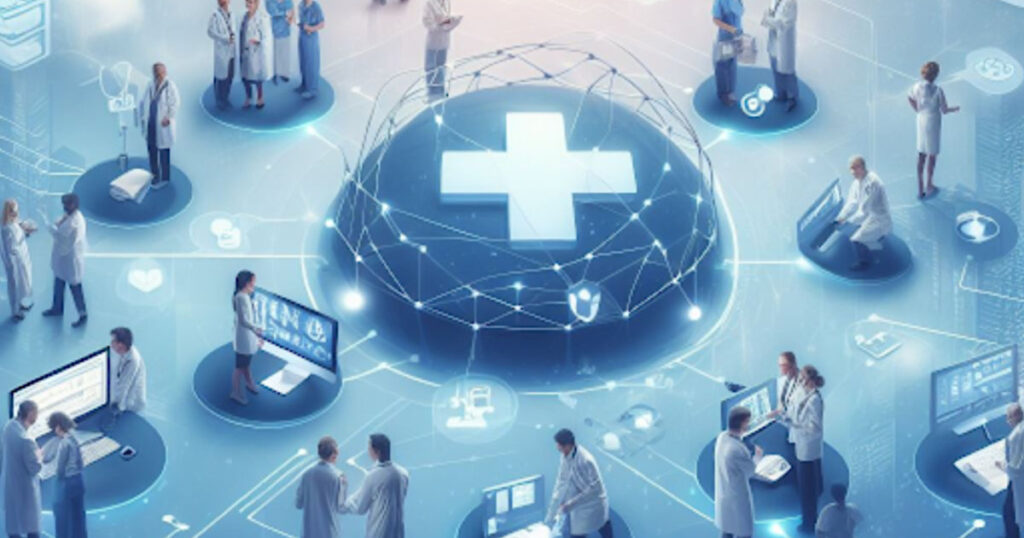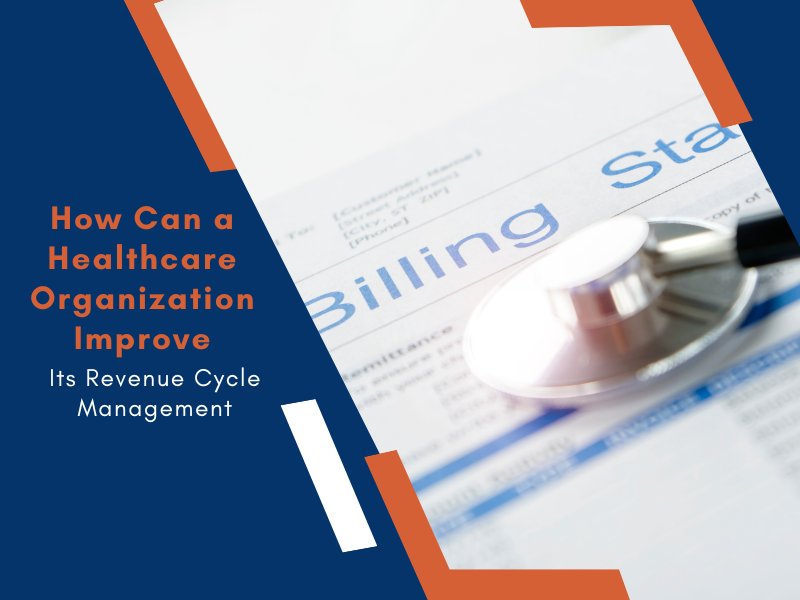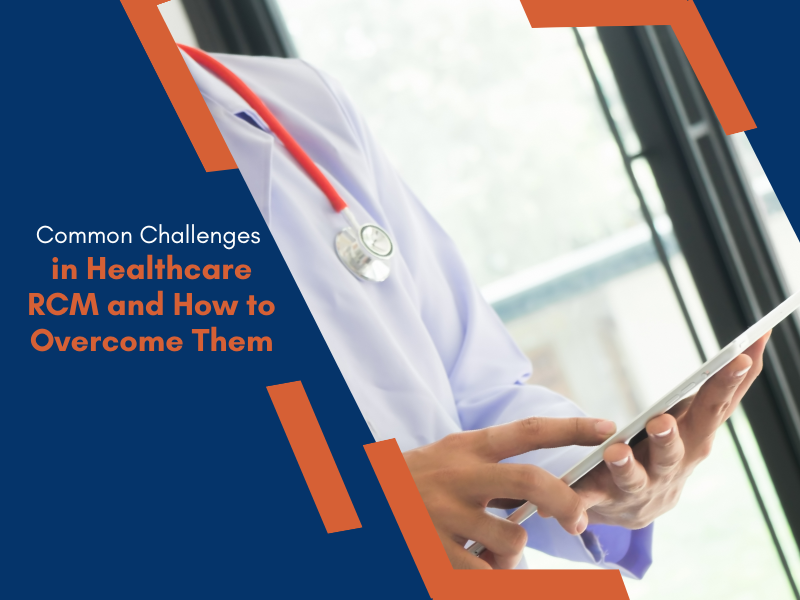In 2023, the healthcare industry is more interconnected than ever, with interoperability at the forefront of this transformation. Interoperability—the ability of healthcare systems and applications to communicate and share data seamlessly—has become essential for providing high-quality care, improving patient outcomes, and optimizing operational efficiency. As healthcare providers adopt advanced digital solutions, interoperability enables a collaborative, data-driven approach that enhances the entire healthcare ecosystem.
This blog explores the benefits of interoperability in healthcare in 2023, from improving patient care and reducing costs to empowering patients and enabling data-driven decision-making.
What is Interoperability in Healthcare?
Interoperability in healthcare refers to the seamless exchange of health information across different systems, platforms, and devices. It allows healthcare providers, payers, and patients to access and share data in real time, regardless of where the data originates. Effective interoperability is achieved through the use of standardized protocols and data formats, such as HL7, FHIR, and DICOM, which ensure that information is understandable and usable across diverse healthcare systems.
The Key Benefits of Interoperability in Healthcare
1. Enhanced Patient Care and Safety
Interoperability enables healthcare providers to access a comprehensive view of a patient’s medical history, regardless of where care was provided. This holistic view ensures that providers have up-to-date information, including past diagnoses, treatments, medications, allergies, and lab results, which is essential for informed decision-making.
- Improved Diagnosis and Treatment: Access to complete patient data helps providers make accurate diagnoses and recommend more effective treatments, reducing the risk of errors and improving patient safety.
- Reduced Duplicate Testing: With shared information, providers can avoid ordering unnecessary tests, saving time and reducing patient exposure to procedures.
- Enhanced Care Coordination: When multiple providers can access the same information, care coordination improves, enabling a more cohesive approach to patient management.
2. Empowered Patients and Increased Patient Engagement
Interoperability gives patients greater control over their health data, enabling them to be active participants in their healthcare journey. With patient portals and mobile apps, individuals can access their health records, lab results, and care plans easily.
- Personalized Care: Patients can share their data with new providers, which ensures continuity of care and enables providers to offer tailored treatment based on the patient’s complete history.
- Better Health Literacy: Access to personal health information empowers patients to understand their conditions better, adhere to treatment plans, and make informed decisions.
- Enhanced Communication: Patients can communicate with providers more efficiently, enabling timely follow-up and support outside of in-person visits.
3. Data-Driven Decision-Making for Improved Outcomes
Interoperability provides healthcare providers with a vast amount of data that can be analyzed for insights, allowing for more data-driven and evidence-based approaches to care.
- Predictive Analytics: Access to comprehensive patient data enables providers to use predictive analytics to anticipate potential health issues, enabling early intervention and preventive care.
- Quality and Performance Metrics: Organizations can analyze data on treatments, outcomes, and patient satisfaction to identify trends, evaluate performance, and improve care quality.
- Population Health Management: Aggregated data helps in identifying public health trends, assessing risk factors, and managing population health more effectively.
4. Reduced Operational Costs
Interoperability can help healthcare organizations reduce operational costs by improving efficiency, reducing redundancies, and optimizing resource utilization.
- Eliminated Duplicative Testing: Shared data reduces the need for redundant tests and procedures, which can save time and reduce costs.
- Streamlined Workflows: When information flows seamlessly across departments and organizations, administrative tasks are reduced, allowing healthcare staff to focus more on patient care.
- Efficient Billing and Reimbursement: Interoperable systems facilitate the accurate exchange of billing data, enabling faster claims processing and reducing billing errors.
5. Enhanced Compliance and Data Security
Interoperability enables organizations to maintain compliance with regulatory requirements, such as HIPAA, by enforcing standardized data protocols that ensure data is securely transmitted and accessed only by authorized personnel.
- Secure Data Exchange: Interoperable systems are designed to securely transmit sensitive health information, protecting it from unauthorized access.
- Easier Audit Trails: With interoperable data systems, organizations can more easily track data access and sharing, which is essential for regulatory compliance and audit processes.
- Improved Patient Trust: Patients are more likely to trust healthcare providers that protect their information and follow compliance protocols, ultimately enhancing patient-provider relationships.
6. Enabling Telemedicine and Remote Patient Monitoring
Interoperability is essential for telemedicine and remote patient monitoring (RPM) to function effectively. As digital healthcare options expand, interoperability ensures that data collected from wearable devices, mobile health apps, and telemedicine platforms integrates seamlessly into patients’ electronic health records (EHRs).
- Comprehensive Remote Care: Providers can access data from RPM devices in real time, allowing for timely interventions and continuous monitoring for chronic conditions.
- Accessible Virtual Health Records: During telehealth consultations, providers can review a patient’s complete health record to make informed decisions, as if the patient were physically present.
- Proactive Health Management: By integrating remote monitoring data, providers can track patients’ health trends over time, enabling proactive care and minimizing the need for emergency interventions.
Interoperability Standards Driving Healthcare Integration in 2023
In 2023, several key interoperability standards are propelling healthcare integration:
- FHIR (Fast Healthcare Interoperability Resources): Developed by HL7, FHIR is widely used to facilitate data exchange between healthcare systems and mobile applications.
- HL7 (Health Level 7): HL7 protocols are among the most established standards for data exchange in healthcare, allowing systems to share structured information like lab results and clinical documents.
- DICOM (Digital Imaging and Communications in Medicine): DICOM standards are used for storing, sharing, and displaying medical imaging data, ensuring compatibility across imaging devices.
- APIs (Application Programming Interfaces): APIs enable systems to communicate and share data easily, promoting seamless integration across various healthcare applications and devices.
Challenges to Achieving Full Interoperability
While the benefits of interoperability are substantial, healthcare providers face some challenges in achieving it:
- High Implementation Costs: Upgrading legacy systems and implementing interoperable solutions can be expensive, particularly for smaller healthcare providers.
- Data Privacy and Security Concerns: As data sharing increases, ensuring the security and privacy of patient information is paramount, requiring robust data protection protocols.
- Varied Standards Across Systems: Despite advancements, not all healthcare organizations use the same data standards, making seamless integration difficult in some cases.
- Resistance to Change: For providers used to traditional workflows, adopting new interoperable systems requires adjustments that may face initial resistance.
The Future of Interoperability in Healthcare
As interoperability continues to advance, the future promises even greater integration and innovation:
- Artificial Intelligence (AI) and Machine Learning (ML): AI and ML are increasingly applied to analyze interoperable data, enabling providers to identify patterns, make predictions, and provide personalized care.
- Blockchain Technology: Blockchain’s decentralized ledger can enhance data security and streamline the sharing of health information by ensuring transparency and traceability.
- Enhanced Patient Data Ownership: As interoperability grows, patients may gain more control over their health data, with the ability to grant or revoke access as they see fit.
Conclusion
In 2023, interoperability in healthcare is no longer a futuristic vision but a tangible reality that enhances patient care, reduces costs, and drives operational efficiency. By enabling seamless data exchange and integration across systems, interoperability empowers providers to deliver a higher quality of care, improves patient engagement, and helps healthcare organizations remain financially and operationally sound.
As the healthcare industry continues to evolve, investing in interoperable systems will be essential for healthcare providers striving to stay competitive and deliver the best possible patient outcomes. For patients and providers alike, the era of interconnected, data-driven healthcare is just beginning, promising a future where care is more accessible, personalized, and impactful than ever before.





